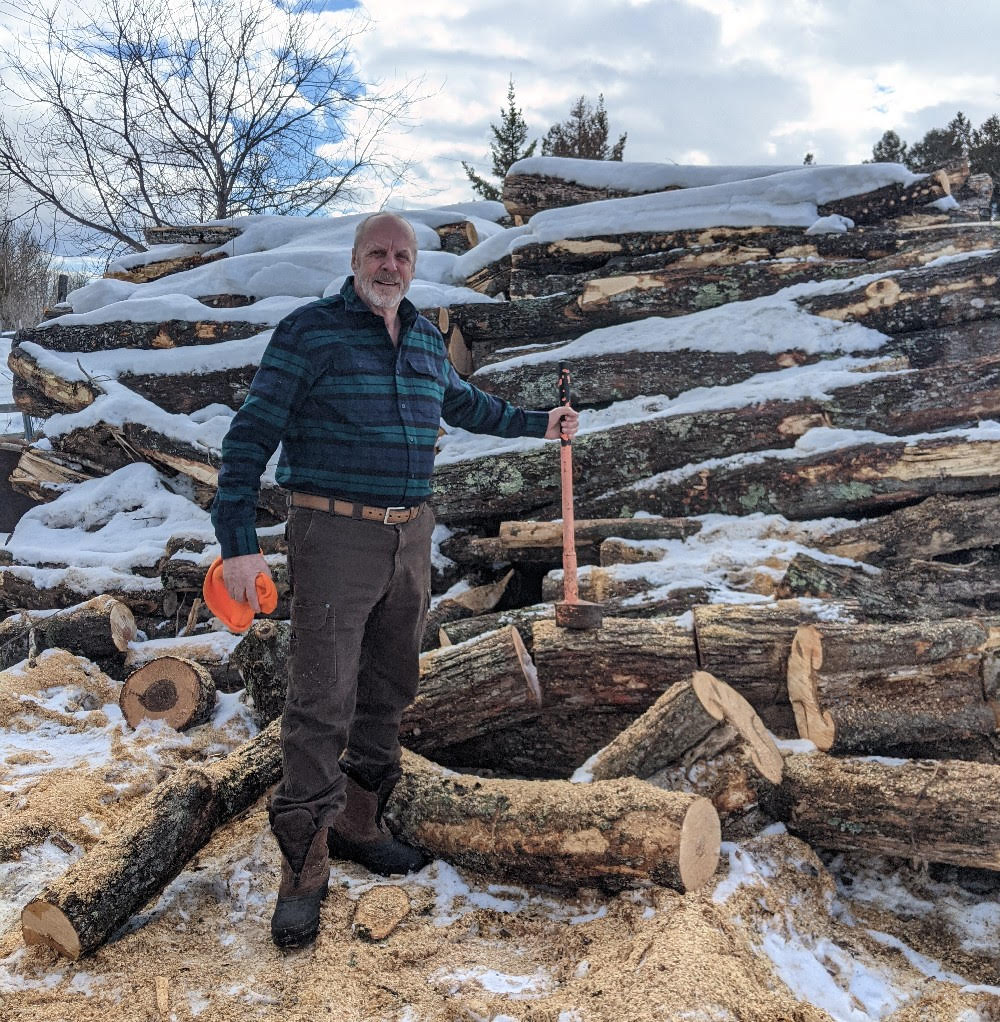RAPID RIVER, Mich. (Michigan Back Roads) – Generally known as the Bay de Noc Grand Island Trail, this 40-mile hike follows a route used by the Chippewa to portage supplies and canoes between Lake Superior near Grand Island and Little Bay de Noc near Rapid River.
The trail runs north and south across the Upper Peninsula. The south end trailhead is about two miles east of Rapid River on County Road 509. Hiking south to north, the trail follows the Whitefish River bluff for several miles. At several points there are beautiful, scenic views across the river valley including some great places to watch the sunset. The southern end of the trail runs through jack pines, red pines, and some aspen and is dotted with scrubby openings. This whole section is mostly flat terrain with a few streams to cross.
MORE NEWS: Mass Timber Takes Root in Traveling Detroit Exhibit
The Haymeadow Creek Campground is about nine miles from the trailhead and is the only designated campground directly on the trail. The Haymeadows Creek Trail leads from the campground to Haymeadows Falls. Hay Meadows Creek is known for excellent trout fishing.
North of Haymeadows Campground the trail veers northeast away from the Whitefish River. The topography changes to that which is caused by the passage of glaciers. There are broad stretches of flat land dotted with small, rounded hills. This area is primarily forested with pines. In addition to the occasional stream, hikers will encounter a number of lakes, such as Lower Eighteen Mile Lake and other trailheads. The trail begins to parallel the course of Davies Creek just before it crosses the county line at 42nd Road. A few miles further on the trails veers west and skirts Forest Lake for a short distance. Then it veers northeast again before reaching its northern end at Ackerman Lake.
Even if you only explore portions of the trail, you will be following in the footsteps of native travelers from the distant past.
